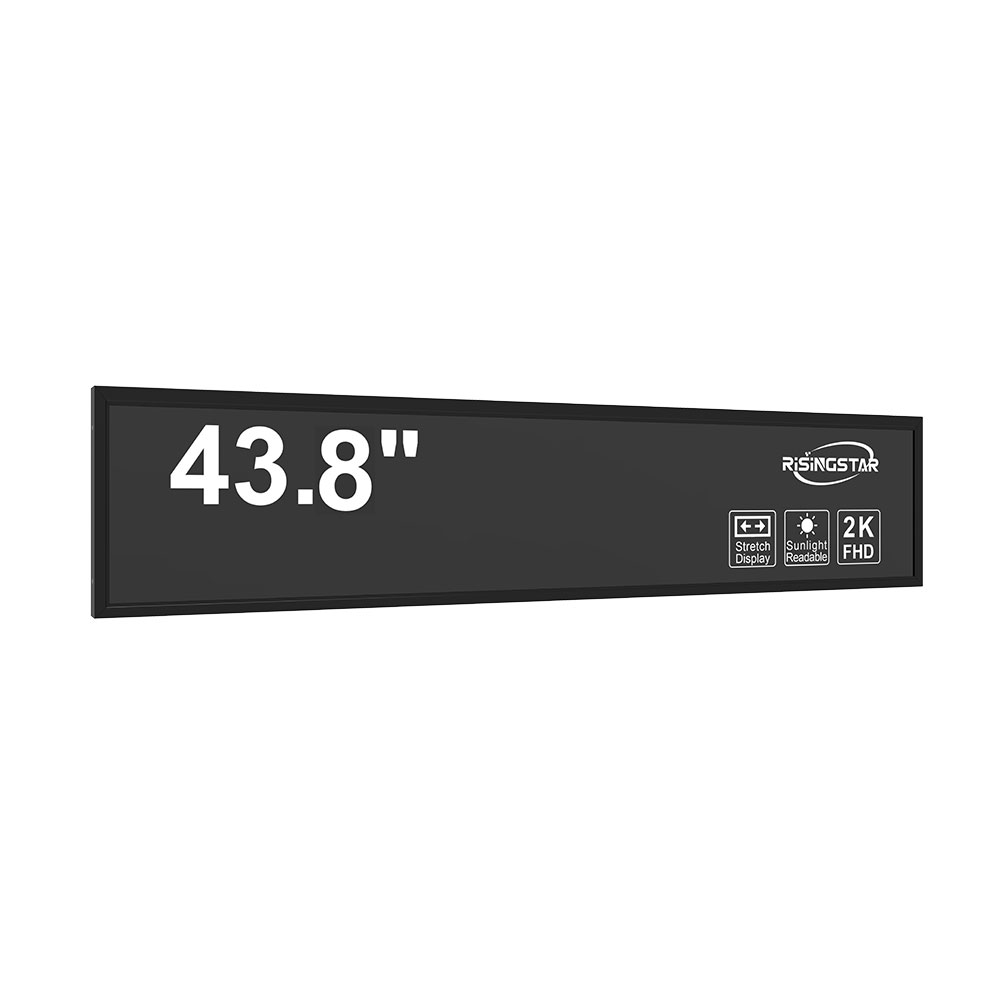- Ev
- Hakkımızda
- Ürünler
- Haberler
- Video
- İletişim
- Soruşturma gönder
Arama
- Ev
- Hakkımızda
- Ürünler
- Haberler
- Video
- İletişim
- Soruşturma gönder

Günümüzün hızlı tempolu kentsel ortamlarında, gerçek zamanlı bilgi teslimatı verimli toplu taşıma için kritik öneme sahiptir. Yolcu bilgi ekranları (pids), basit statik işaretlerden, programlarda, gecikmelerde, rota değişikliklerinde ve acil durum uyarılarında yolculara doğru, zamanında güncellemeler sağlayan dinamik, yüksek parlaklıkta açık lcd ekranlara dönüşmüştür. Bu ekranlar artık akıllı şehir altyapısının temel taşıdır, banliyö deneyimini artırır, operasyonel verimliliği artırır ve sürdürülebilir hareketliliği destekler.
The main body of this transformation lies in the technological advancements of outdoor LCDs—specifically their ability to maintain visibility under extreme lighting conditions. Unlike indoor displays, outdoor PIDs must operate reliably in direct sunlight, rain, wind, and temperature extremes ranging from -30°C to +60°C. Industry standards such as IEC 60068 and MIL-STD-810 ensure durability, while modern panels use LED backlighting and anti-glare coatings to achieve brightness levels of up to 5,000 nits—far exceeding typical indoor displays (~300–500 nits). According to a 2023 report by MarketsandMarkets, the global market for Açık dijital tabela, including transit PIDs, is projected to exceed $47 billion by 2028, driven by investments in intelligent transport systems worldwide.

Singapur, londra ve tokyo gibi şehirlerden gelen vaka çalışmaları, yüksek parlaklıkta açık lcd'lerin etkisini göstermektedir. Örneğin, singapur'un kara taşımacılığı yetkilisi, otobüs duraklarında ve mrt istasyonlarında 1,200 yüksek parlaklıkta lcds yerleştirerek, ortalama yolcu bekleme sürelerini daha iyi gerçek zamanlı güncellemeler yoluyla % 15 azalttı. Benzer şekilde, londra yeraltı “sonraki tren” sistemi, dokunmatik işlevsellik ve çok dilli destek, artan erişilebilirlik ve sürücü memnuniyeti ile hava koşullarına dayanıklı, saldırılara dayanıklı ekranlar kullanır. Bu sistemler genellikle trafik yönetim sistemlerinden, gps takibinden ve iot sensörlerinden gelen apis üzerinden arka uç veri beslemeleriyle entegre olur ve doğruluk ve yanıt verir.
Mühendislik açısından, bu ekranlar sadece parlaklıkla ilgili değildir-çevresel etkiyi azaltmak için sağlam muhafazalar (ip65 veya daha yüksek), termal yönetim sistemleri ve oled veya mini led gibi düşük güç tüketimi teknolojilerine ihtiyaç duyarlar. Ek olarak, elektromanyetik uyumluluk için en 55022 ve özellikle yoğun kalabalık alanlarda güvenlik için en 60950 gibi uluslararası düzenlemelere uymalıdır.
Sonuç olarak, açık yüksek parlaklıkta lcd ekranlar artık toplu taşımada isteğe bağlı ekstralar değildir-modern kentsel planlama için gerekli araçlardır. Yolcu bilgilerine entegrasyonları şeffaflığı artırır, kullanıcı güvenini artırır ve ulaşım ağlarında veri odaklı karar vermeyi destekler. Şehirler büyümeye devam ederken, güvenilir, ölçeklenebilir ve akıllı pid çözümlerine yatırım yapmak, esnek, geleceğe hazır transit ekosistemler yaratmanın anahtarı olacaktır.